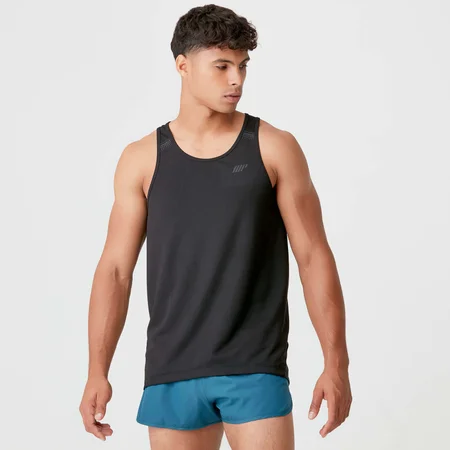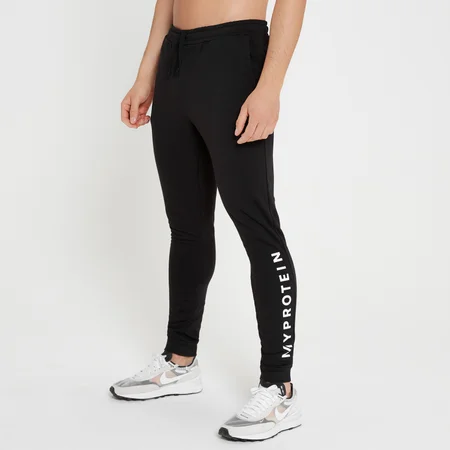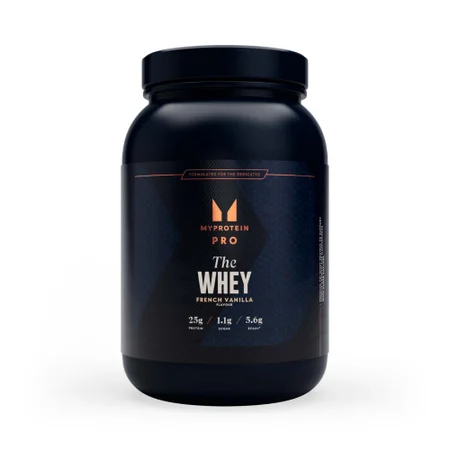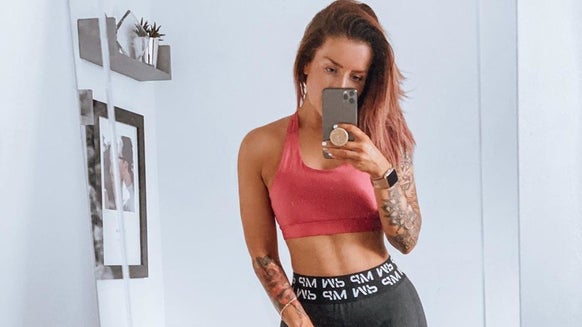How to do Dumbbell Flyes | Benefits & Technique
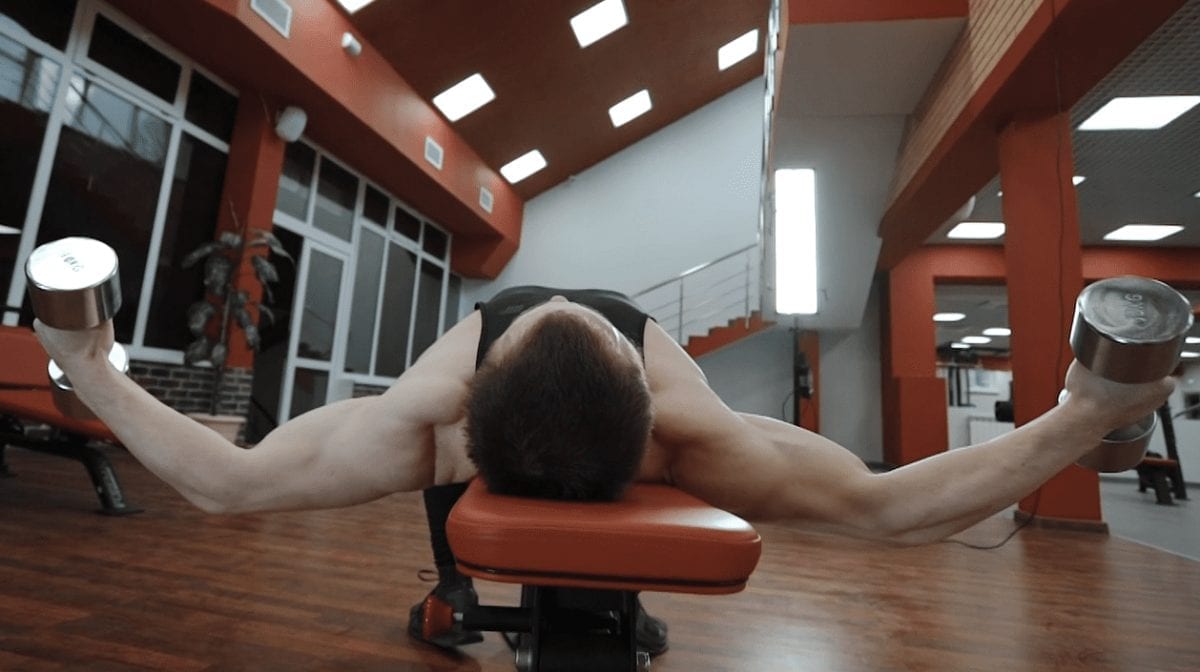
It’s your favourite day of the week — international chest day!
But before you head straight for the bench press, we’re going to show you another way to target all the muscles in your pecs — dumbbell flyes.
What are dumbbell flyes?
Dumbbell flyes, a bodybuilding favourite, are an isolation exercise and are usually performed after big compound lifts, like the bench and incline press. Dumbbell flyes are considered to be the perfect finishing move and a great way to focus on your chest after a lot of pressing exercises.
What’s more, you don’t need to lift as heavy as dumbbell flyes are usually completed with lower weights — focusing on the form and squeeze held with every rep.
If you’re looking to build a bigger, well-shaped chest with that ‘chest separation”’ look, dumbbell flyes are a must-have addition to your workout routine.
The benefits of dumbbell flyes and muscles targeted
While the main focus of a dumbbell fly is on your chest, it will also target muscles in your shoulders, back, and arms which are used to help stabilize the weight during the exercise.
Dumbbell flyes will work both of your chest muscles, the larger pectoralis major and the smaller pectoralis minor which, when fully developed, can give you the ‘chest separation’ look that most people strive for.
Having a stronger chest will not only enhance your physique, but will also help you out with daily activities and improve your sporting performance.
How to perform a dumbbell fly
https://youtu.be/mFmgYDPFCOw
Model Vlad wearing:
It’s important to perform a dumbbell fly with the correct form and technique so you’re targeting the right muscles. Follow our steps and you won’t go wrong.
1. Sit down on a flat bench with a dumbbell in each hand resting on your thighs. (The palms of your hands should be facing each other).
2. Lower yourself down until you’re lying flat. The dumbbell should remain close to your chest.
3. Once you’re lying flat, press the dumbbells up above your chest. This is your starting position.
4. With a slight bend in your elbows, lower your arms laterally until you feel a stretch in your chest. The dumbbells should be level with your chest at both sides.
5. Return your arms to the starting position and squeeze your pecs together. Remember to keep your arms steady throughout the movement.
6. Don’t let the dumbbells touch as they meet at the top, holding for a second in the contracted position. Repeat the movement for the amount of reps you need.
A spotter can be used for additional support should you need it. Remember, you don’t need to lift heavy with this exercise.
If you’re using your arms to lift the weight rather than your chest, then you need to lower the weight; it’s all about the technique and proper form.
Variations of dumbbell flyes and alternatives
When it comes to exercise it’s important to challenge your body to make it stronger. Rather than just increasing the weight of your usual chest exercises, try out some of our variations. They’ll help keep your workouts interesting and help you see that progression you’re looking for.
Most gyms have a machine fly or ‘pec dec’ machine that’s very popular with gym-goers — as you may have already found out.
The pec dec machine mimics the dumbbells in a dumbbell fly, and as you don’t need to stabilize the weight, the exercise should be easier to perform.
To use the machine, simply take hold of the handles and squeeze the weight inwards by bringing your hands together. Touch your fingertips together at the end of each squeeze if it helps. This is a great option to really push out those extra reps as with dumbbells you might struggle to get them.
Another great alternative to keep the workouts fresh are bench cable flyes. They’re one of the best chest exercises to keep your muscles engaged throughout the entire movement.
Set the bench up right in the centre of the cables machine and take a hold of the handles. Lay backwards and keep your back flat against the bench. Keep a slight bend in your elbows and lower your arms out towards your sides, stopping at chest level. Squeeze your pecs on the way back up and repeat.
To make the dumbbell fly a little more challenging, try performing them while leaning on a bosu ball — this will test your coordination and core strength.
This will help you with your coordination and core strength because you are having to keep everything as stable as possible and lifting the weight can be quite challenging.
When on the bosu ball, try to keep your body straight between your knees and shoulders, your head and upper back against the side on the bosu ball, and your feet flat on the ground.
To make any of these movements harder, simply try adding heavier weights, in good time of course.
Common mistakes and how to fix them
Make sure you keep your elbows bent. You should never fully straighten your arms, or lock them out, as this forces the weight you’re lifting onto the elbows and shoulder joints which increases your chance of injury.
Keep a slight bend in the elbows throughout the exercise to fully engage your chest.
Extending dumbbell flyes too far at the bottom of the rep and hyperextending your arms can potentially cause injury and reduce the work performed by your chest.
Don’t let your elbows drop too far when you’re in the start position, they should remain in line with your torso when you’re lying on the bench.
You don’t need to lift anywhere near as heavy as other chest exercises. This isn’t one for ego-lifting.
Pick a weight that you can control, that’s not too light or too heavy — find what’s right for you.
Take home message
Dumbbell flyes are, for the most part, underrated and often overlooked. They are just as important as the flat bench press, if you want to get that well shaped chest and the thickness to fill out your t-shirt. It’s the perfect finishing exercise to your chest workout.
Remember to keep the weight light compared to your other lifts on chest — don’t ego-lift.
Having a stronger chest will not only enhance your physique, but assist with daily activities and improve your sporting performance.

Dan Speakman is our editor and level 3 qualified Personal Trainer. Having spent time in Australia, he has experience in planning and delivering exercise plans to beginners and advanced athletes — both in the UK and down under.
Dan has also run successful weight-loss camps across the UK, alongside regular training seminars, covering all areas of gym-based training. He also runs weekly fitness boot camps and spin classes.
When he’s not working, or in the gym, Dan enjoys travelling to sunnier destinations, eating out, and trying exciting new foods.
